Global Burst Detector III
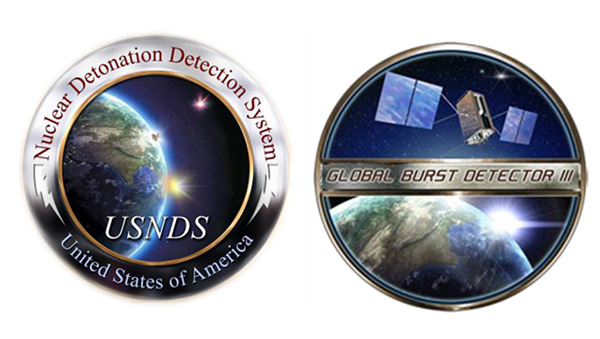
The Global Burst Detector (GBD) III Prime System Preliminary Design Review (PDR) was successfully completed in August 2016 with 100+ attendees representing diverse sectors of the US Nuclear Detonation Detection System community. The NNSA-led panel approved the system to fully advance through the critical design phase (based upon fulfillment of the system-level PDR objectives and exit criteria) as the subsystems now prepare for their subsystem critical design reviews starting in June 2017. (5700, 5300, 2600, 10600) (Photo by Randy Montoya)
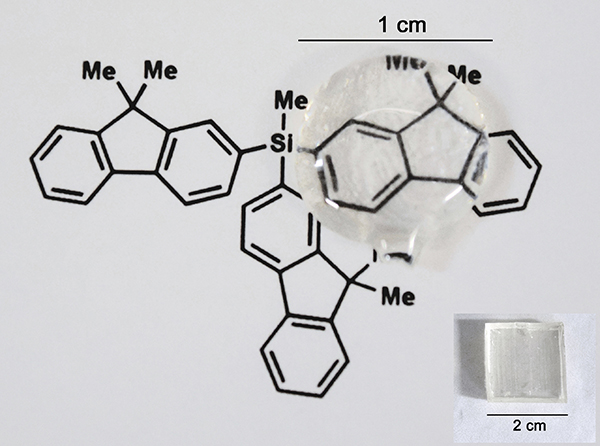
The High-Efficiency Adaptable Telemetry Transmitter (HEATT)
Organic glass scintillators developed at Sandia represent a new class of radiation detector materials. Scintillators emit light in the presence of radiation and are crucial to nonproliferation efforts. Organic glass scintillators bridge the gap between expensive, fragile, high-performance molecular crystals used in small detectors and inexpensive but less efficient polymers used in large detectors. Organic glass scintillators are easily melt-cast into shapes, are brighter than molecular crystal scintillators, and efficiently distinguish neutrons from gamma photons. (8100)
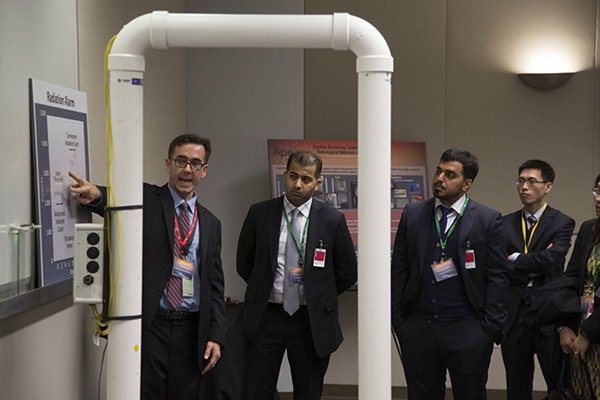
In January 2016, DOE and the Ministry of Foreign Affairs for the Kingdom of the Netherlands hosted Apex Gold, the first-ever ministerial-level gathering aimed at exploring national and international actions for addressing a nuclear crisis. Representatives from 37 countries participated in the event at Lawrence Livermore National Laboratory (LLNL). The event set important groundwork prior to the 2016 Nuclear Security Summit hosted by President Obama. Sandia collaborated with LLNL to demonstrate technical tools for detecting and analyzing nuclear material for the representatives. (8100)
Fragment Tracking
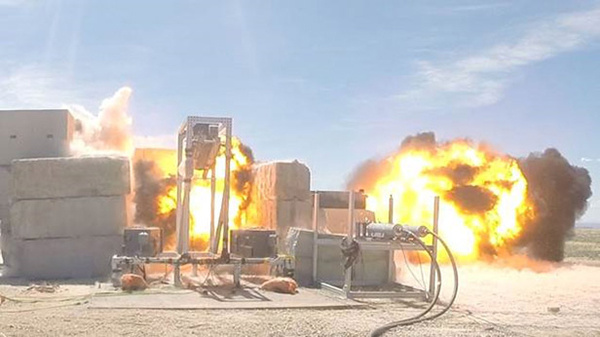
Sandia’s Fragment Tracking Diagnostic Development team has begun a three-year study to investigate fragmentation device behavior, such as pipe bombs, and how to characterize case expansion, breakup, and fragment flight for development of Sandia’s leading-edge numerical simulation capabilities. The project combines high-speed imaging, flash X-ray, computer modeling, laboratory measurements, and large-scale explosive tests to help researchers better understand explosively driven threats. Early results have generated significant interest from the applied physics and defense communities. This research has potential applications for DoD and DOE. (1500, 6600)
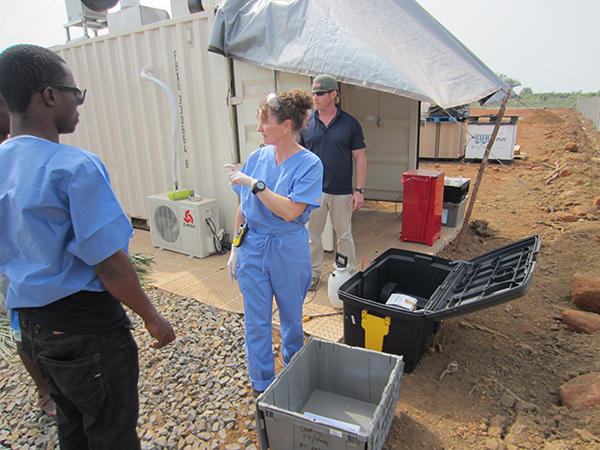
An Ebola diagnostic laboratory is set up in Moyamba, Sierra Leone.
Sandia employed its systems engineering skills to solve some of the most vexing challenges associated with the Ebola outbreak in West Africa. We used our expertise in international threat reduction, infectious diseases research, modeling, and systems analysis to improve the safety and security of laboratories handling live virus, help develop a basis for establishing a network of laboratories, reduce the time it took to analyze blood samples, and assist with post-outbreak drawdown and the secure elimination of diagnostic specimens. (6800, 6100, 8600)
Cooperation with China
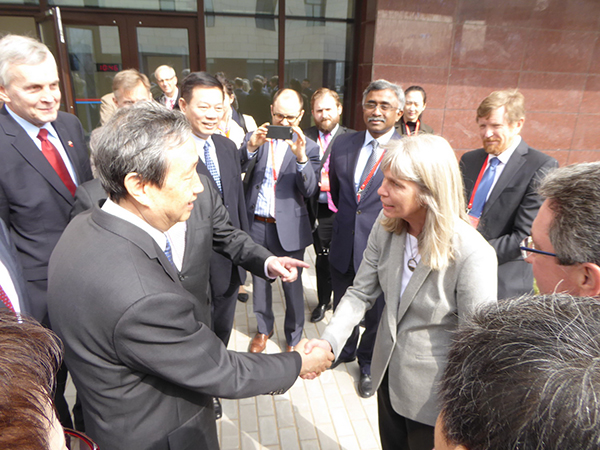
Vice Premier Ma Kai of the People’s Republic of China greets Jill Hruby at a ceremony to commission the Chinese Center of Excellence for nuclear security.
Labs Director Jill Hruby joined DOE Secretary Ernest Moniz and other leaders to commission the Chinese Center of Excellence for nuclear security. The center will provide training for security personnel in China’s expanding nuclear power sector. DOE/NNSA and the China Atomic Energy Authority agreed to build the center in 2010. Sandia contributed equipment and expertise and consulted on the design, operation, and testing of a physical protection system at a mock material processing facility at the center. Sandia will also provide training for China’s security professionals. (6800)